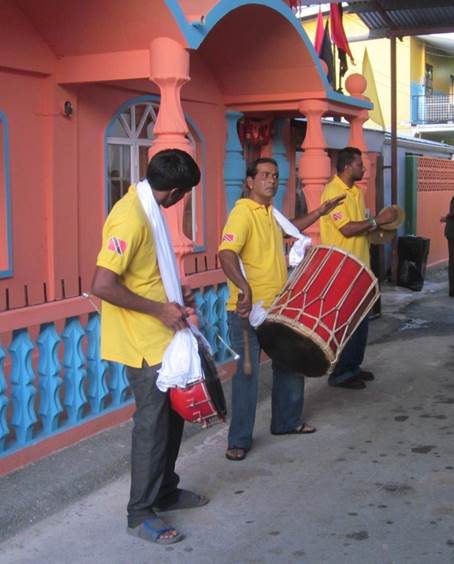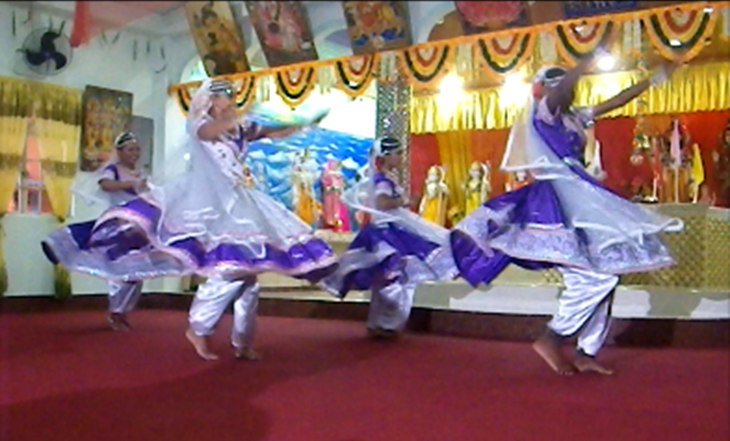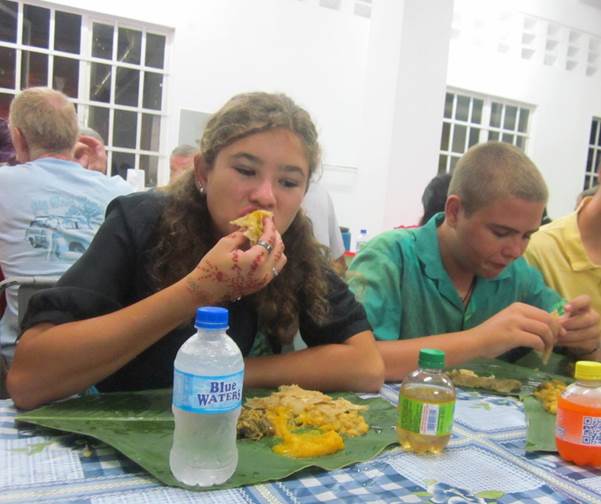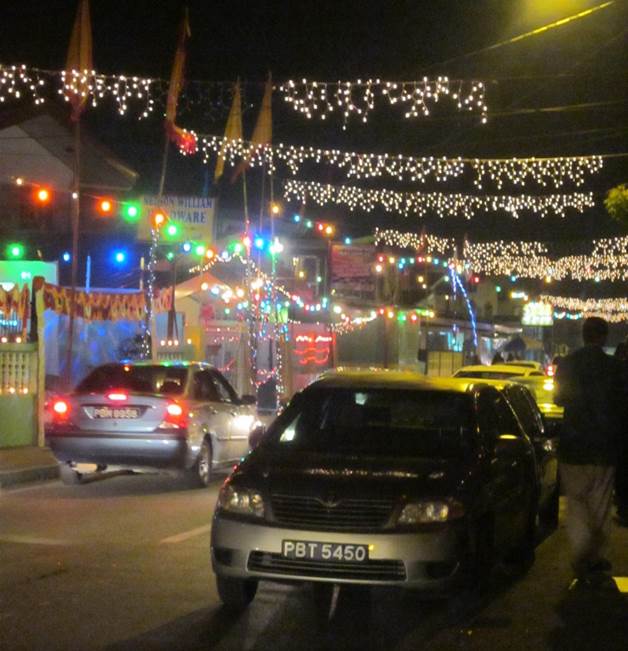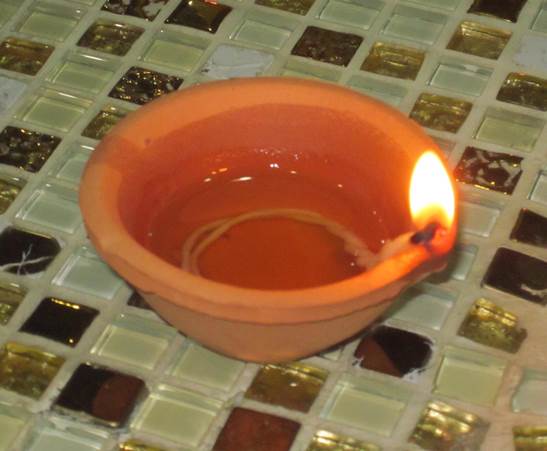Blog update: Shubh Diwali!

First published in The Boca vol 13 issue 6 http://www.boatersenterprise.com/content/the_Boca.html Curious about East Indian culture in Trinidad and Tobago, the crew of SY CAPE had done some internet research into ‘Deepawali’ or ‘Diwali’. We had learned that Diwali – which basically translates as ‘row of lights’ – is a 5-day spiritual and religious festival celebrated by Hindus, Jains and Sikhs worldwide and is a national holiday not only in Trinidad and Tobago but also in India, Nepal, Sri Lanka, Myanmar, Mauritius, Guyana, Surinam, Malaysia, Singapore and Fiji. The festival incorporates a number of significant events, including the beginning of the Indian business community’s financial year, and the end of the harvest season in India, when farmers give thanks for the bounty of the past year and pray for a good harvest for the year to come. During the final stages of the Diwali celebrations, homes are cleaned, oil-filled clay lamps are lit to signify the triumph of good over evil (light over dark), new clothes are donned, traditional sweets are shared with family and friends, and firecrackers are set off to scare away evil spirits. It sounded fascinating! Eager to see for ourselves, we signed up to Jesse James’ (Members Only Maxi Taxi Services http://www.membersonlymaxitaxi.com/) cultural trip to the Diwali celebrations in the village of Felicity, in the Chaguanas area. We were met by Indian drummers and invited into the Felicity SDMS Hindu Temple.
Traditional Indian drummers. The Temple was beautifully decorated with colourful marble statues of the Hindu deities, flowers, mirrored tiles, candles and oil-filled lamps. We were welcomed by Sonny, who explained the origins of the festival and how Diwali is one of the most important festivals in the Hindu calendar. Central to Diwali is the worship of Lakshmi – the goddess of wealth and prosperity – whose blessings ensure a good year ahead, and the attainment of not only material, but also physical and spiritual well-being. The highlights of the Temple visit were the traditional Indian dancing, singing and drumming. It’s good to know that these art forms are still very much alive in Trinidad and are being passed on for future generations to learn and enjoy.
Traditional Indian dancing. Following our visit to the Temple, we were treated to an East Indian meal of curried channa and potato, mango, chatain and roti – served on a banana leaf. Bethany and Bryn were particularly taken with the eco-friendly plates; as the official boat dishwashers, they suggested that banana-leaf plates should be introduced on SY CAPE to reduce their workload!
Bethany and Bryn with the delicious food on eco-friendly plates. With full bellies and a much better understanding of what we were about to see, we set off to wander around the village. It was now dark, and all of the streets and individual homes and businesses were decorated with lights that ranged from simple oil-filled clay lamps, to candles, swathes of fairy lights, paper lanterns and moving laser lights! Some streets were lit by arches festooned with fairy lights, and others were decorated with designs painted on the ground.
Diwali lights in Felicity. That Diwali is a family affair was obvious, and we were greeted enthusiastically with “happy Diwali” or “Shubh Diwali” by friendly family groups as we passed by. Many gave us small bags of traditional Indian sweets, including parsad, barfi and kurma. Small children painted the night with sparklers, while the older ones took great delight in startling everyone with firecrackers. Fireworks punctuated the night sky at regular intervals, and the atmosphere was warm, welcoming and peaceful. We felt honoured to have been welcomed by these families and included in their Diwali celebrations. In true Trini style, the celebrations were obviously going to carry on well into the night, with many families strolling the streets, at least a couple of bands set up ready to play, and the roads into the village jammed with cars bringing in more families. As we made our way north back to Chaguaramas, we passed scattered homes with their own Diwali lights twinkling in the dark – but now we understood why.
An oil-filled clay lamp. |
